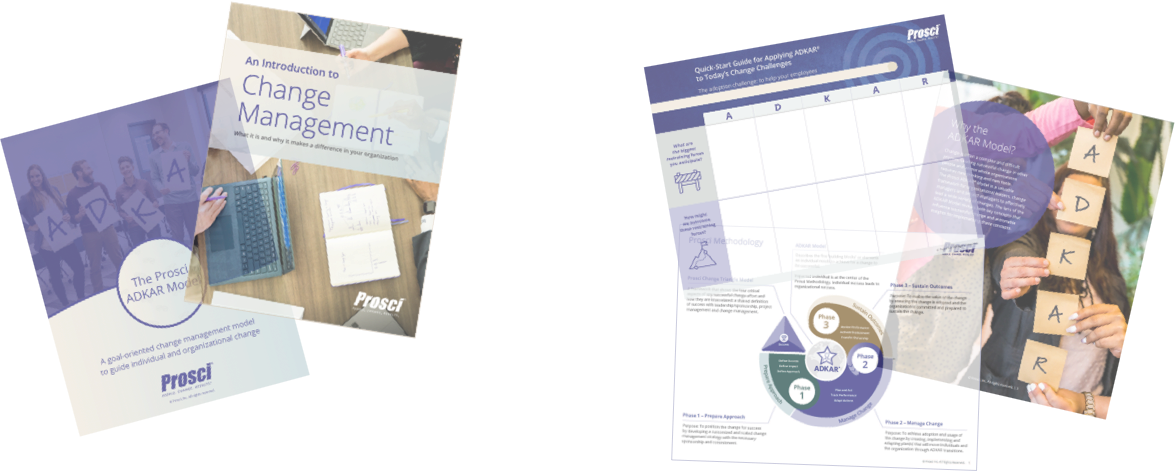

5 MINS
Leading Successful HR Process Improvements with Change Management
Recent research conducted by Paycom suggests that the top priority for human resources (HR) teams in 2026 and beyond is HR tech upgrades and improvements, more specifically, “shedding the outdated systems and processes that now hold HR back.”
Read story ![]()

















